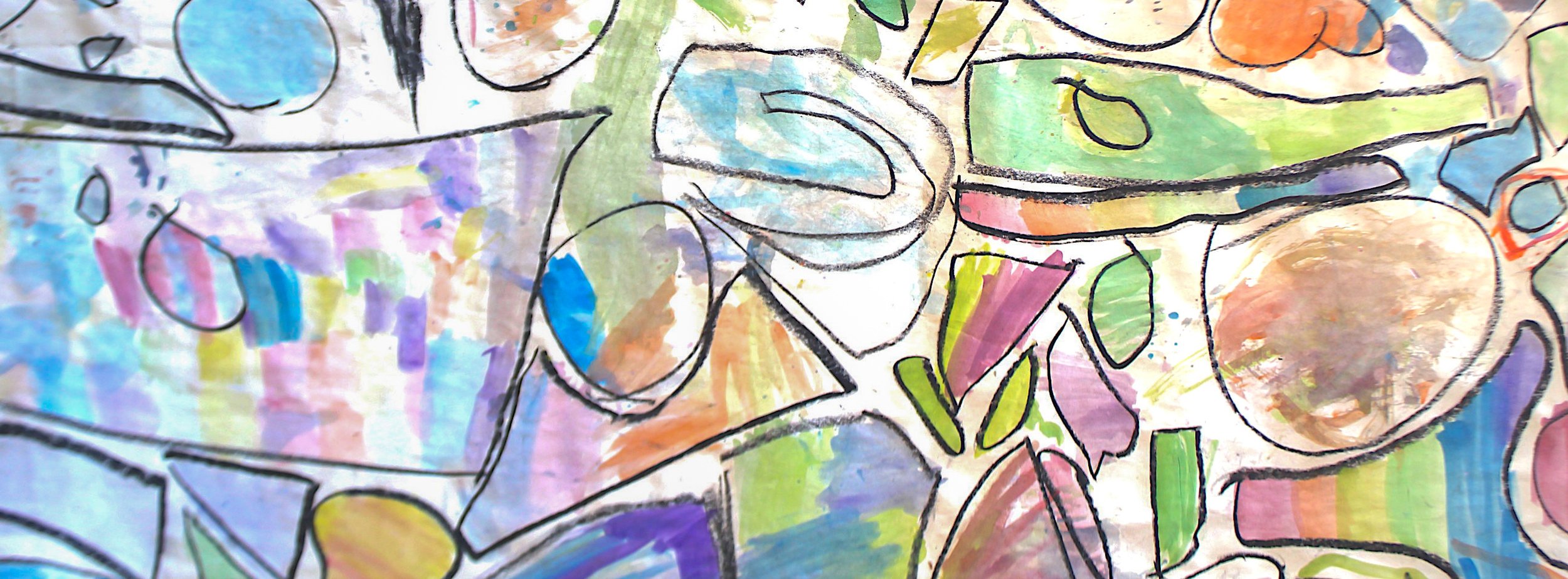
OUR Reggio Approach
We are a Reggio-inspired community!
We respect the richness of childhood and children’s natural drive to express and explore from every imaginable point of view.
After the devastation of World War II, the little town of Reggio Emilia in northern Italy raised itself from ashes. Literally. The community decided to invest in the next generation, starting with the very youngest children. Using bricks and timber from bombed out buildings, they built a school. Then a local educator named Loris Malaguzzi went on to pioneer what’s since become an esteemed approach to early childhood education. Currently more than 5,000 “inspired” schools around the world have adapted the Reggio philosophy in their own cultural settings. TCS is one of them.
The Reggio approach is guided by a few foundational beliefs and principles. How these get interpreted and applied is up to each “inspired” school.
Everything rests on a strong and positive “image of the child.”
We view and respect children as capable and creative learners, filled with potential and curious to explore the world and build theories—yes, even babies theorize!—from the moment of birth. Each child is a mystery for us to discover, not an empty vessel for us to fill.
Reggio posits that children have “100 Languages” and we are here to honor them all.
Children express themselves and make sense of the world—100 ways of knowing!—in a remarkable variety of ways. We pay exquisite attention to what and how children communicate and offer them a rich palette with which to express their theories and imaginings: paint, clay, song, dance, reasoning, experimentation, and more.
Children are the “protagonists'' of their learning.
Teachers’ role is to be responsive to the children’s threads of interests, while children are instrumental in deciding on topics and becoming experts. We offer children intriguing "provocations"—new materials, tools, twists on an idea—to fuel children's wonder about the world, everything real and imaginable: birdsong, big feelings, friends, fairness, squirrels, colors and light, outerspace, squishy things, you name it. After offering children a new “encounter” with a concept, we step back and allow them to make discoveries through direct experience and at their own pace. In this way, children and grown ups join as collaborators in research and learning.
“The child has a hundred languages…a hundred hands…a hundred thoughts…a hundred ways of marveling, of loving…”
The environment is a “third teacher.”
In the Reggio way, the first teacher is the parent, the second is the trained educator, and the third is the classroom itself. Learning spaces are active participants in a child’s learning. Every corner of every space has an identity and purpose and, like any worthy educator, must be flexible, “amiable” and responsive to children’s developmental stages and evolving interests. We give interior and exterior design a lot of thought—and invite kids to join us—to foster autonomy, peer interactions, problem solving, encounters with novel materials, and sheer delight. Every detail matters.
We make thinking and learning visible.
As you walk through our school house, you’ll see documentation on many walls, “mini stories” that capture children’s original thinking and learning, along with moments of pure joy. Documentation benefits multiple audiences. It lends parents a new perspective on their child’s work and play. For teachers, it’s a vital pedagogical tool. To document a child’s learning, we need to draw very close to notice all that is taking place: what does a child know and what can they do? What sparks his or her motivation? What might we offer next to deepen or broaden a child’s evolving understandings? Our aim is to tune into children’s learning process rather than an end product. We invite families—and children too—to see and reflect on children’s work in new ways. Above all else, documentation sends children the message that their ideas are important: You matter most of all.
Relationships are everything, especially our partnership with parents.
Relationships with our families, between and among children, with the natural world, even with inanimate objects like paint brushes: everything we do honors the relational nature of human beings and human development. Above all, it is Reggio Emilia’s collaborative nature that promotes such effective growth in children.




